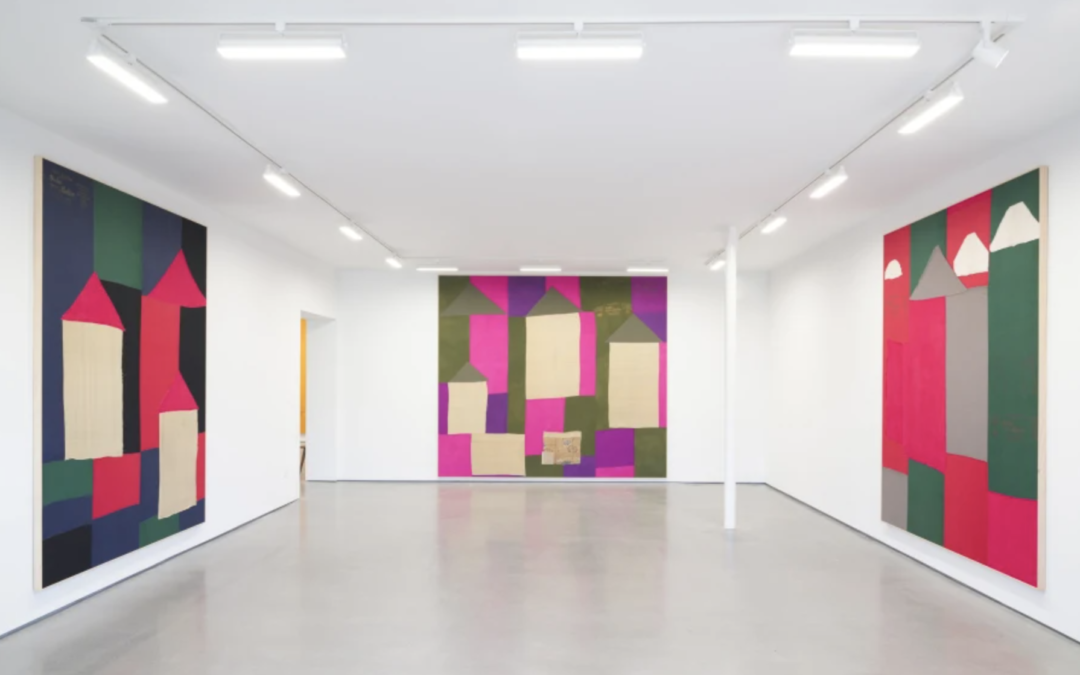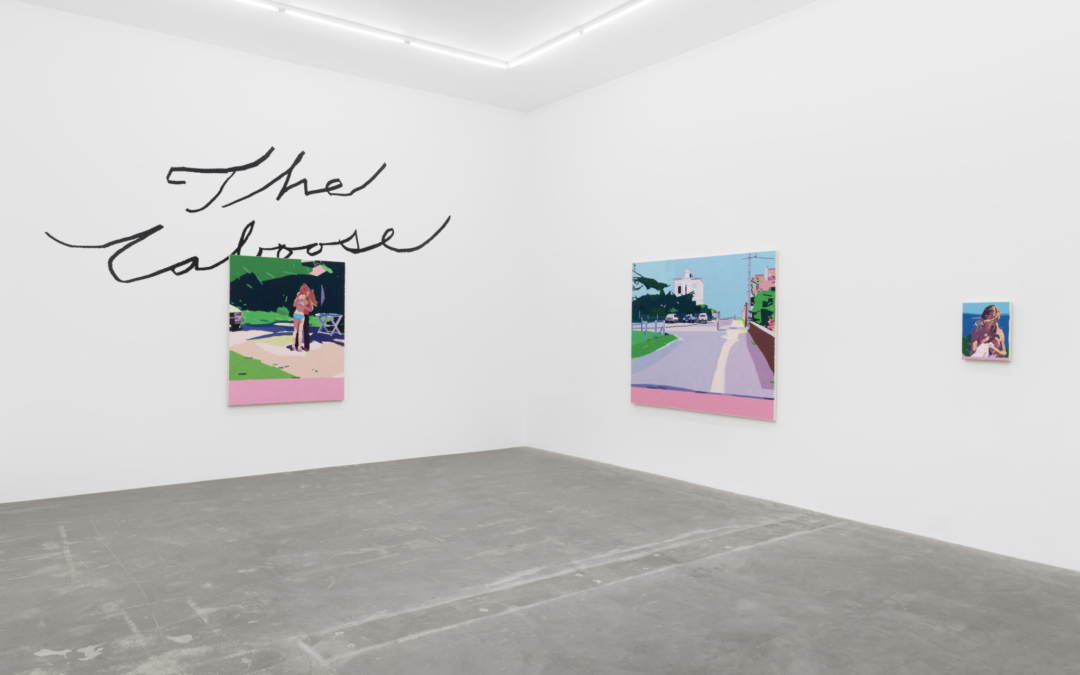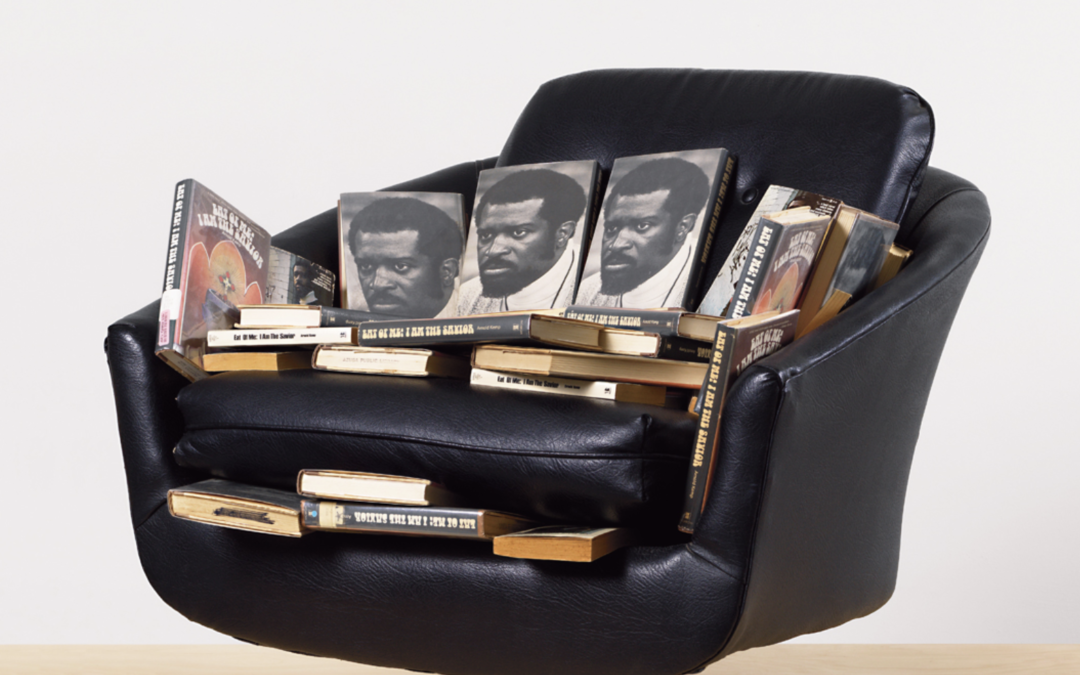Lawrence Calver’s first US show at Simchowitz Gallery, “On the Off Chance,” is one of the most fascinating studies in material of any show in Los Angeles that I’ve had the chance to review. Calver is not a traditional fine artist; his background is in creative...




